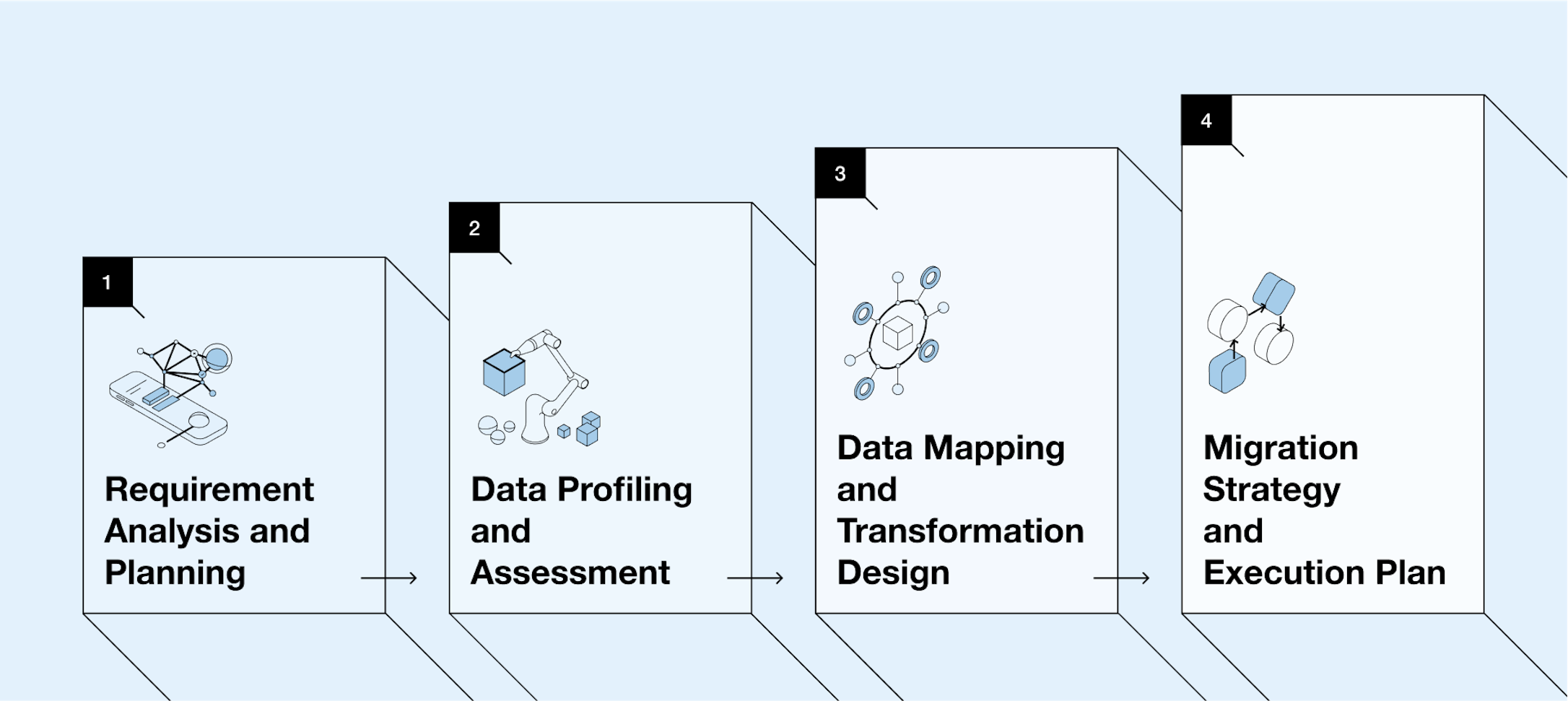enabling seamless data migration at scale
Transport for London (TfL) set out to modernise its Road User Charging system, which involved consolidating and migrating vast amounts of historical data from its legacy infrastructure. We designed a custom data migration strategy and system to efficiently transfer petabytes of structured and unstructured data, ensuring a seamless transition with parallel-run support.









